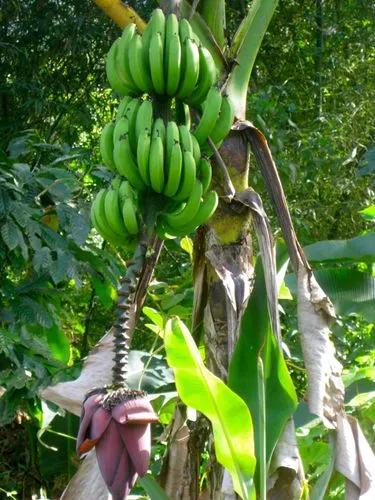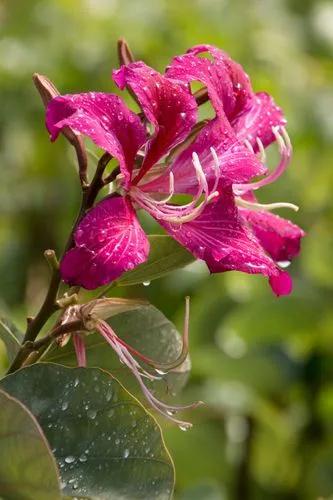Viburnum nudum is a shrub with opposite, simple leaves, on slender stems. The flowers are white, borne in late spring. It is native to North America from southern Ontario and Quebec to Newfoundland, south to Florida, and west to Wisconsin. The fruit is eaten by wildlife, and deer browse the foliage.It is a larval host to spring azures and hummingbird clearwing moths.
Withe-Rod Care
Viburnum Nudum



Viburnum nudum, commonly called smooth witherod, is a rounded, multi-stemmed, upright-spreading, deciduous shrub that typically grows in the wild to 5-12’ tall and as wide. It is native to low woods, swamps and bogs in the eastern and southeastern U.S. from Connecticut south to Florida and Louisiana. It features aromatic white flowers arranged in flat-topped clusters (cymes 2-5” wide) in May-June. Flowers are followed by clusters of ovoid berries that change color as they ripen, from light pink to deep pink to blue to purplish-black. The berries are highly acidic but edible. Elliptic to oblong-lanceolate glossy dark green leaves (to 4” long). Foliage sometimes turns an attractive maroon to dark red-purple in fall. In late summer to early fall, berries in shades of both deep pink and blue-purple often appear on the same cluster, in striking contrast to the foliage. This species is also sometimes commonly called possumhaw viburnum. Genus name comes from the Latin name of a species plant. Specific epithet means nude or naked.
How to Care for the Plant

Popularity

67 people already have this plant 2 people have added this plant to their wishlists
Discover more plants with the list below
Popular articles






